If your child suddenly starts sneezing, rubbing their eyes, or develops a persistent runny nose during certain months of the year, pollen allergy, also called seasonal allergic rhinitis, might be the cause. While it can resemble a cold, pollen allergy follows a predictable seasonal pattern and is triggered by exposure to microscopic plant particles in the air.
What Is a Pollen Allergy?
Pollen allergy is an overreaction of the immune system to tiny grains released by trees, grasses, and weeds during their growing cycles. These allergens become airborne and are inhaled, triggering an allergic response in sensitized individuals.
Children with a genetic predisposition, especially those with a family history of asthma, eczema, or other allergies, are more likely to develop pollen allergies, typically between the ages of 2 and 10.
Common Signs of Pollen Allergy in Children
Symptoms usually begin within minutes of exposure and are most pronounced during the morning and early evening when pollen counts peak. Common manifestations include:
- Frequent sneezing
- Itchy or watery eyes
- Clear nasal discharge or stuffy nose
- Itchy throat or palate
- Postnasal drip, leading to a dry cough
- Irritability, especially in younger children
- Sleep disturbances due to nasal congestion
Less commonly, children may also complain of ear pressure, headache, or eye puffiness. In kids with asthma, pollen can trigger wheezing or breathing difficulty.
Types of Pollen and Seasonal Triggers
Different types of pollen cause allergies at different times of the year, depending on your region’s climate and vegetation. Here’s a general timeline:
- Tree pollen: Common in late winter and early spring. Culprits include oak, birch, maple, and ash.
- Grass pollen: Peaks in late spring and early summer. Bermuda, ryegrass, and Timothy grass are typical allergens.
- Weed pollen: Emerges in late summer and fall. Ragweed, sagebrush, and pigweed are leading offenders.
Children may react to one or more pollen types, and in regions like India, the pollen season may vary based on geography and monsoon patterns.
How Is Pollen Allergy Diagnosed?
A pediatrician or allergist may recommend:
- Clinical history evaluation: Noting patterns of symptoms and seasonal timing.
- Skin prick testing: The most reliable method for identifying specific allergens.
- Serum-specific IgE tests: A blood test option, especially useful for younger children.
Correct diagnosis helps distinguish pollen allergy from other conditions like dust allergy, colds, or sinus infections and guides long-term care.
What Can Parents Do? Relief and Prevention Tips
1. Track Pollen Counts Daily
Use local weather apps or pollen tracking websites to stay informed. On high-pollen days:
- Keep children indoors during early mornings.
- Avoid outdoor play in parks or grassy fields.
- Schedule outdoor activities later in the day, when levels drop.
2. Modify Your Child’s Routine
- Have your child shower and change clothes after outdoor play.
- Keep windows closed, especially in bedrooms and cars.
- Use an air purifier with HEPA filters in your child’s room.
- Don’t air-dry laundry outdoors during high pollen seasons.
3. Maintain a Clean Indoor Environment
- Vacuum carpets and upholstery regularly.
- Mop floors to remove settled pollen particles.
- Keep pets that go outside out of bedrooms, as they can carry pollen indoors.
4. Use Saline Rinses and Nasal Sprays
Saline nasal irrigation helps flush out pollen from the nasal passages, reducing irritation and congestion. This can be done safely even in young children under pediatric guidance.
5. Medication Options (As Advised by Your Doctor)
- Second-generation antihistamines like cetirizine or loratadine can reduce sneezing and itchiness without causing drowsiness.
- Intranasal corticosteroids (e.g., fluticasone) are highly effective for moderate to severe symptoms and safe for long-term use in children.
- Montelukast may be considered in children with coexisting asthma.
Never start medications without consulting a pediatrician, especially in children under 6 years of age.
When to See a Specialist
- If your child’s symptoms persist despite home care.
- If there’s frequent school absenteeism due to allergy fatigue.
- If signs of asthma like wheezing or breathlessness appear.
- If symptoms occur in multiple seasons or are triggered by various allergens.
An allergist can confirm the diagnosis and explore long-term solutions, including allergen immunotherapy for persistent or severe pollen allergy.
Is Pollen Allergy Curable?
While there is no “cure,” symptoms can be minimized and often controlled effectively. With age, some children may even outgrow seasonal allergies. For others, especially those with strong genetic tendencies, symptoms may continue into adolescence or adulthood.
Long-term management aims to reduce exposure, control symptoms, and support quality of life through safe medical care and lifestyle adjustments.
Conclusion
Pollen allergy in children is more than just the occasional sneeze; if left unchecked, it can interfere with sleep, concentration, and daily well-being. Fortunately, with early recognition and preventive steps, most kids experience significant relief.
Understanding the seasonal nature of pollen and making thoughtful changes to your child’s environment and routine can make a real difference. If symptoms are persistent, timely medical consultation is key.
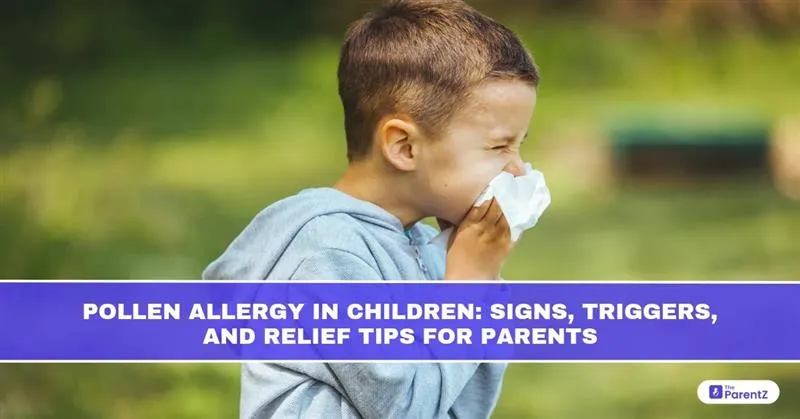


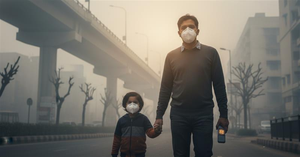
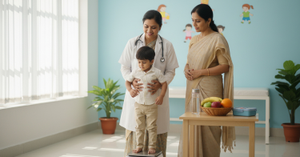
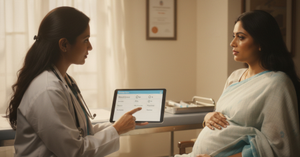

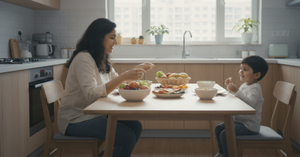
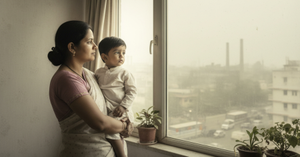
Be the first one to comment on this story.